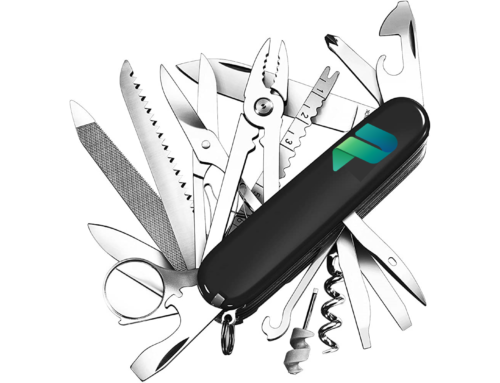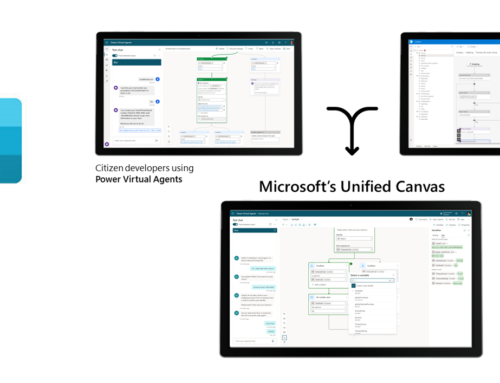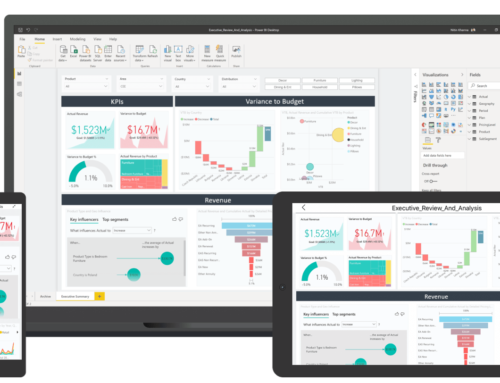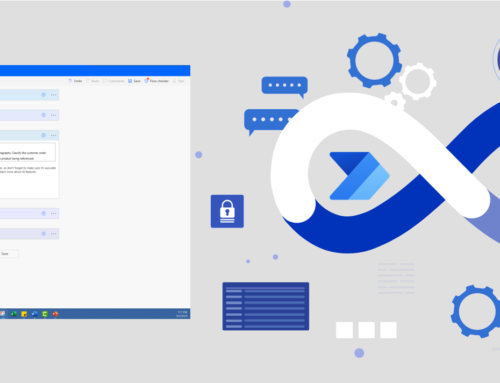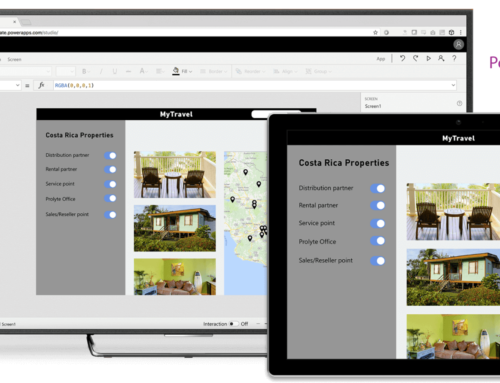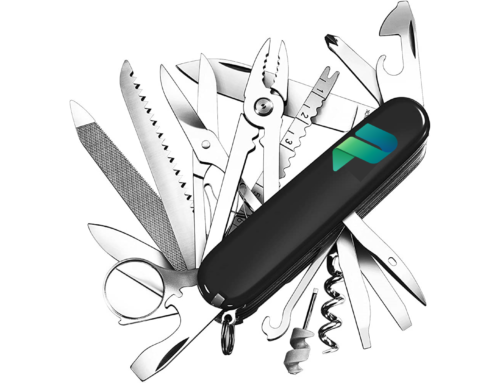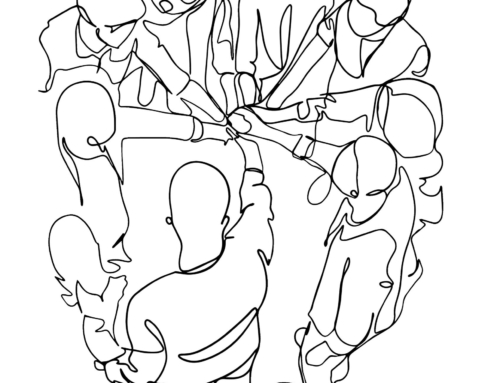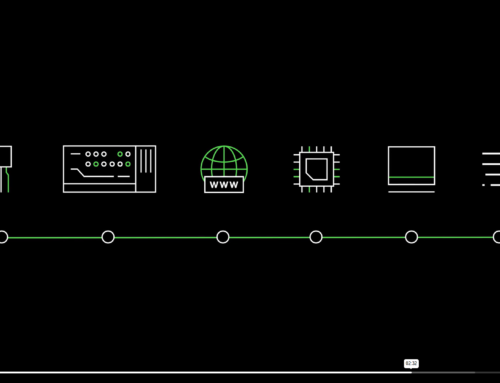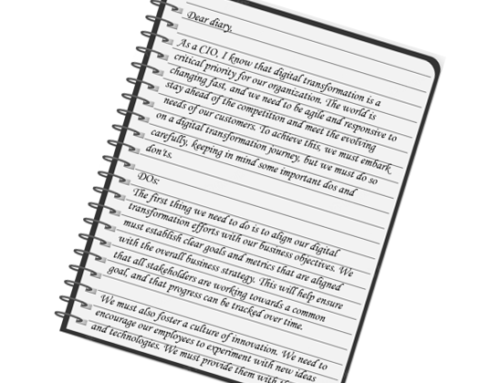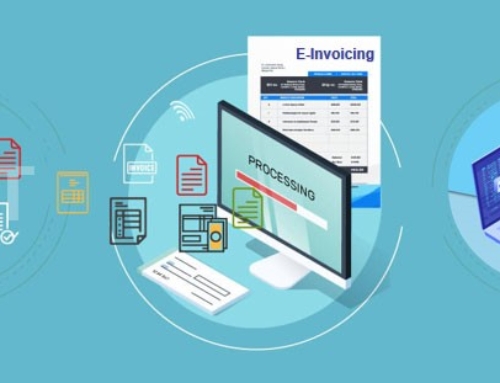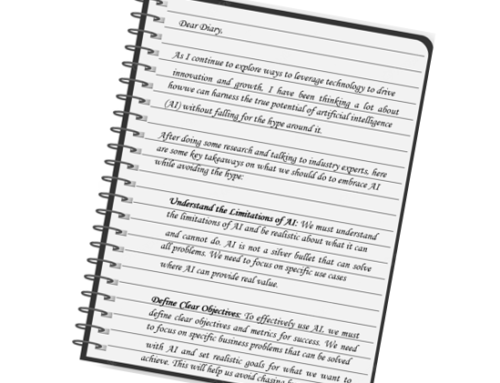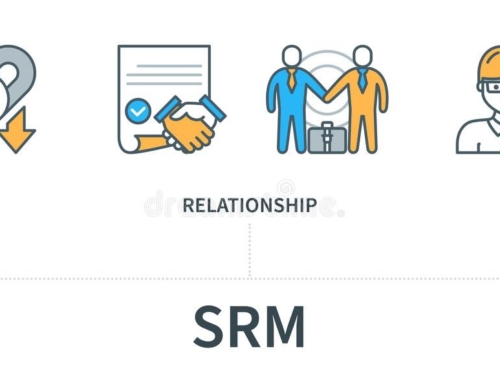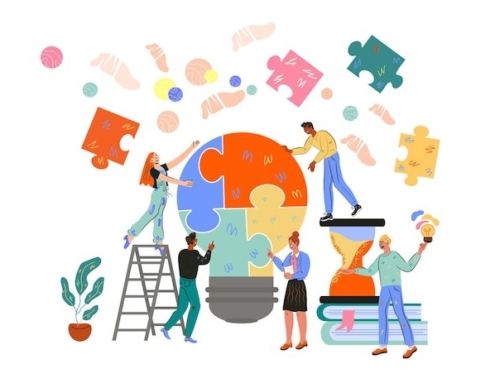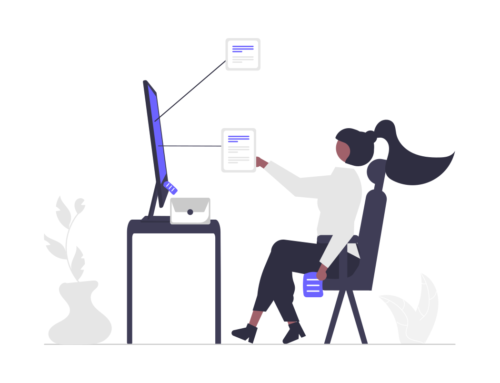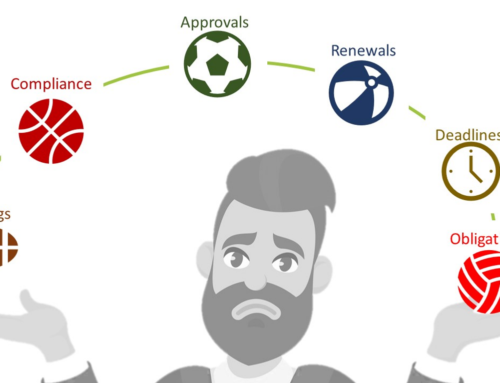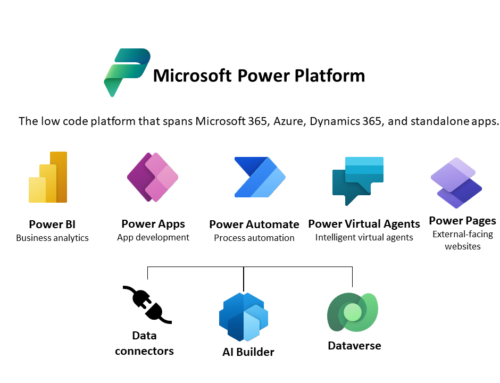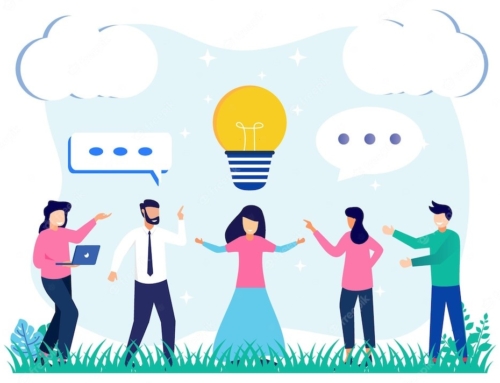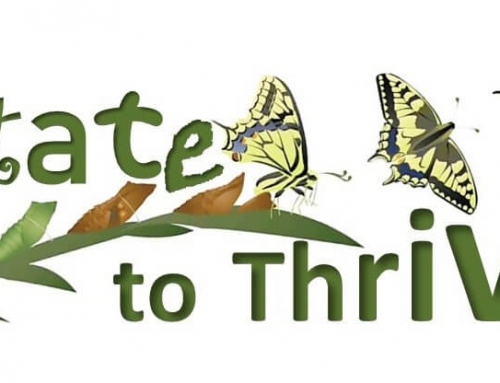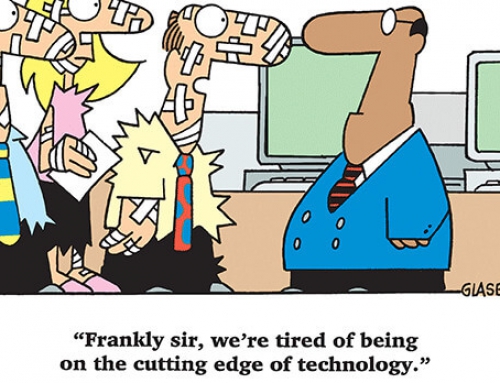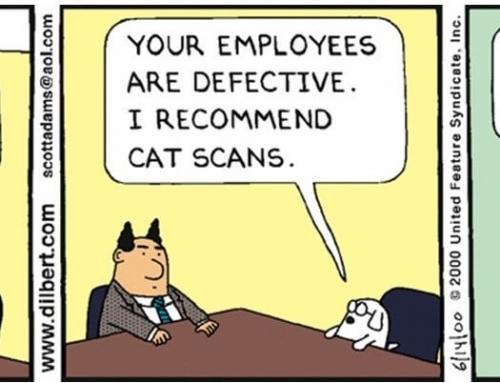Objectives of an Intranet:
An intranet serves multiple objectives, including:
Improve Communication: An intranet enables employees to communicate and collaborate in a secure and controlled environment, ensuring that information is shared only with those who need it.
Enhance Collaboration: An intranet provides employees with a centralized platform where they can share ideas, knowledge, and collaborate on projects.
Increase Productivity: An intranet can help improve productivity by providing employees with quick access to relevant information and tools they need to perform their job effectively.
Streamline Processes: An intranet can be used to automate and streamline workflows, reducing administrative overhead and improving operational efficiency.
Microsoft SharePoint:
Microsoft SharePoint is a powerful collaboration and document management platform that can be used to design an intranet. It provides a centralized platform for creating, storing, and sharing content and documents. SharePoint can be used to create sites and subsites that reflect the organizational structure, allowing employees to easily find and access the information they need.
SharePoint can be used to:
Create Document Libraries: SharePoint allows you to create document libraries that can be used to store and share documents securely. Document libraries can be customized with custom columns, views, and metadata to make it easier for employees to find the information they need.
Create Lists: SharePoint allows you to create custom lists that can be used to track various types of information, such as tasks, issues, and contacts.
Create Pages: SharePoint allows you to create custom pages that can be used to display information, such as news, events, and announcements.
Automate Workflows: SharePoint allows you to automate workflows using Microsoft Power Automate, reducing administrative overhead and improving operational efficiency.
Microsoft Teams:
Microsoft Teams is a popular collaboration platform that enables employees to chat, share files, and collaborate on projects. Teams can be used to create teams and channels that reflect the organizational structure, allowing employees to collaborate with their colleagues.
Teams can be used to:
Chat: Teams allows employees to chat with their colleagues in a secure and controlled environment. Chat conversations can be organized by topic or project, making it easier to find information.
Share Files: Teams allows employees to share files securely with their colleagues. Files can be stored in SharePoint or OneDrive, making it easy to access them from anywhere.
Collaborate on Projects: Teams allows employees to collaborate on projects in real-time. Teams provides a range of collaboration tools, such as whiteboards, polls, and task management, making it easier to work together.
Integrate with Other Apps: Teams can be integrated with other apps, such as Microsoft Planner, allowing employees to manage tasks and projects more effectively.
Microsoft Viva Engage:
Microsoft Viva Engage is a new employee experience platform that integrates with Teams and SharePoint. Viva Engage provides personalized insights and recommendations to employees, improving employee engagement and productivity.
Viva Engage can be used to:
Personalize the Employee Experience: Viva Engage provides personalized insights and recommendations to employees based on their interests and activities, improving employee engagement and productivity.
Measure Employee Sentiment: Viva Engage allows organizations to measure employee sentiment using polls and surveys, enabling them to gather feedback on employee satisfaction, engagement, and morale. This can help organizations to identify areas for improvement and take action to address any issues.
Provide Employee Recognition: Viva Engage allows organizations to provide employee recognition and rewards, improving employee morale and retention.
Provide Learning and Development: Viva Engage provides access to learning and development resources, enabling employees to upskill and stay ahead of the curve.
Synergy between SharePoint, Teams, and Viva Engage:
When used together, SharePoint, Teams, and Viva Engage can create an integrated intranet experience for employees. SharePoint provides a centralized platform for creating and sharing content, while Teams enables real-time collaboration and communication. Viva Engage provides personalized insights and recommendations to employees, improving employee engagement and productivity.
Here are some ways in which these platforms can be used together:
SharePoint and Teams Integration: SharePoint and Teams can be integrated, allowing employees to access SharePoint content from within Teams. This provides employees with quick access to relevant information while collaborating on projects in Teams.
Viva Engage and Teams Integration: Viva Engage can be integrated with Teams, providing employees with personalized insights and recommendations based on their Teams activities. This enables organizations to improve employee engagement and productivity by providing employees with relevant information and resources.
SharePoint and Viva Engage Integration: SharePoint and Viva Engage can be integrated, providing employees with personalized content and recommendations based on their SharePoint activities. This enables organizations to improve employee engagement and productivity by providing employees with relevant information and resources.
Best Practices:
When designing an intranet using SharePoint, Teams, and Viva Engage, here are some best practices to keep in mind:
Start with a Clear Plan: Before designing an intranet, start with a clear plan that outlines the objectives, user requirements, and features of the intranet.
Keep it Simple: When designing an intranet, keep it simple and easy to use. Ensure that the intranet is intuitive and easy to navigate.
Ensure Consistency: Ensure consistency in the design, layout, and branding of the intranet. Use a consistent design language and branding across all pages and sites.
Focus on User Experience: Focus on user experience and ensure that the intranet meets the needs of employees. Conduct user research and gather feedback to improve the intranet.
Ensure Security and Compliance: Ensure that the intranet is secure and compliant with organizational policies and regulations. Use security and compliance features such as access controls and data encryption.
Pitfalls to Avoid:
When designing an intranet using SharePoint, Teams, and Viva Engage, here are some pitfalls to avoid:
Overcomplicating the Design: Avoid overcomplicating the design of the intranet. Keep it simple and intuitive.
Ignoring User Feedback: Ignoring user feedback can lead to an intranet that does not meet the needs of employees. Ensure that feedback is incorporated into the design of the intranet.
Lack of Governance: Lack of governance can lead to an intranet that is difficult to manage and maintain. Ensure that governance policies and procedures are in place.
Lack of Training: Lack of training can lead to employees not knowing how to use the intranet effectively. Ensure that training is provided to employees to ensure they know how to use the intranet.
Conclusion:
In conclusion, designing an intranet using SharePoint, Teams, and Viva Engage can provide organizations with a powerful collaboration and communication tool that can improve internal communication, enhance collaboration, increase productivity, and streamline processes. By following best practices and avoiding pitfalls, organizations can design an intranet that meets the needs of employees and improves organizational performance


